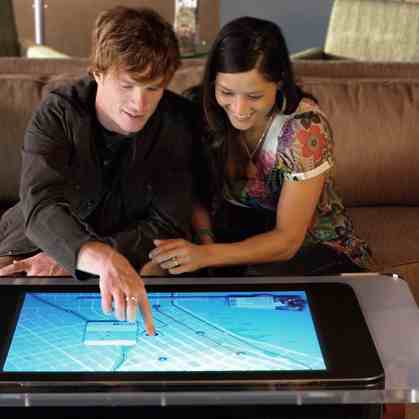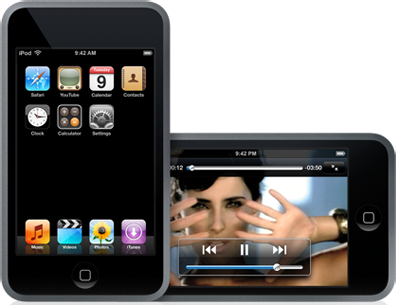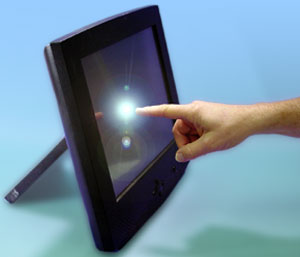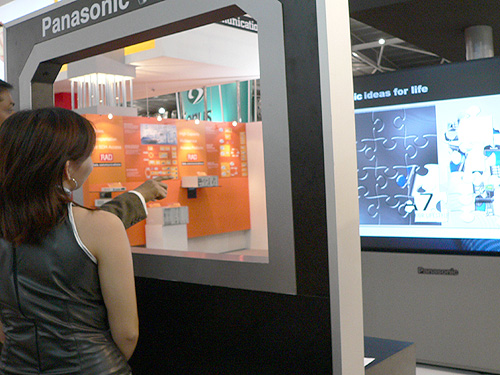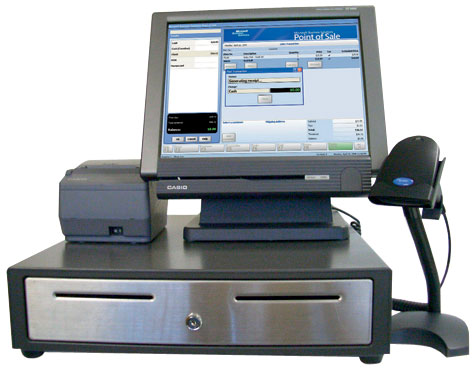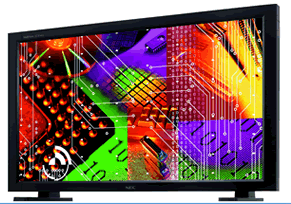
 Signs 2000
Store Fronts, Displays & Signage
Signs 2000
Store Fronts, Displays & Signage
Technologies
By raed
Mar 07, 2007
- Videos
- Interactive Multi Touch Display System
- Technologies
Interactive Multi Touch Display System
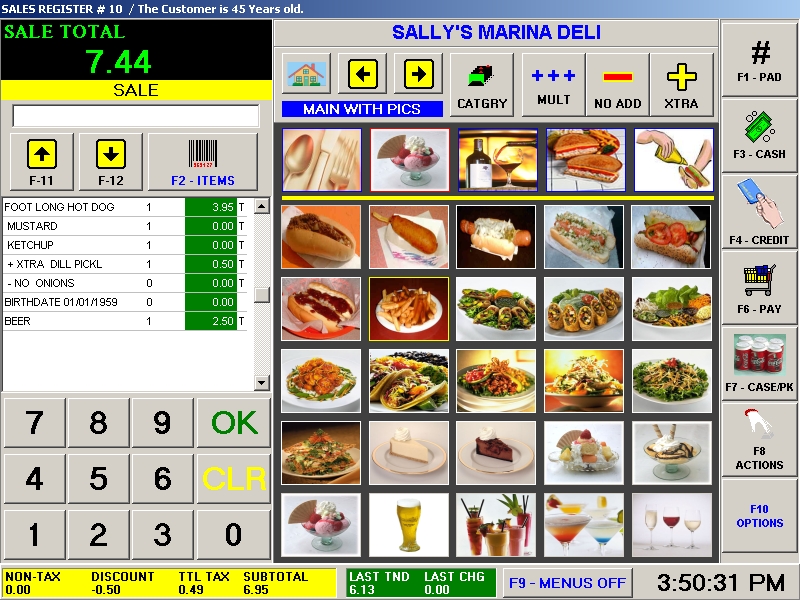 In
next spring, Sign2000 will
introduce our new system, Interactive
Multi Touch Display System
?Touch Me?. this system will
have the ability to detect
the location of touches within
the display area. This allows
the display to be used as an
input device, removing the
keyboard and/or the mouse as
the primary input device for
interacting with the display's
content
In
next spring, Sign2000 will
introduce our new system, Interactive
Multi Touch Display System
?Touch Me?. this system will
have the ability to detect
the location of touches within
the display area. This allows
the display to be used as an
input device, removing the
keyboard and/or the mouse as
the primary input device for
interacting with the display's
content
It will serve Interactive Screen Display System Point of Sale (POS) System Restaurant Multi touch LCD menu In House Commercial Entertainment System.
Mar 23, 2014

